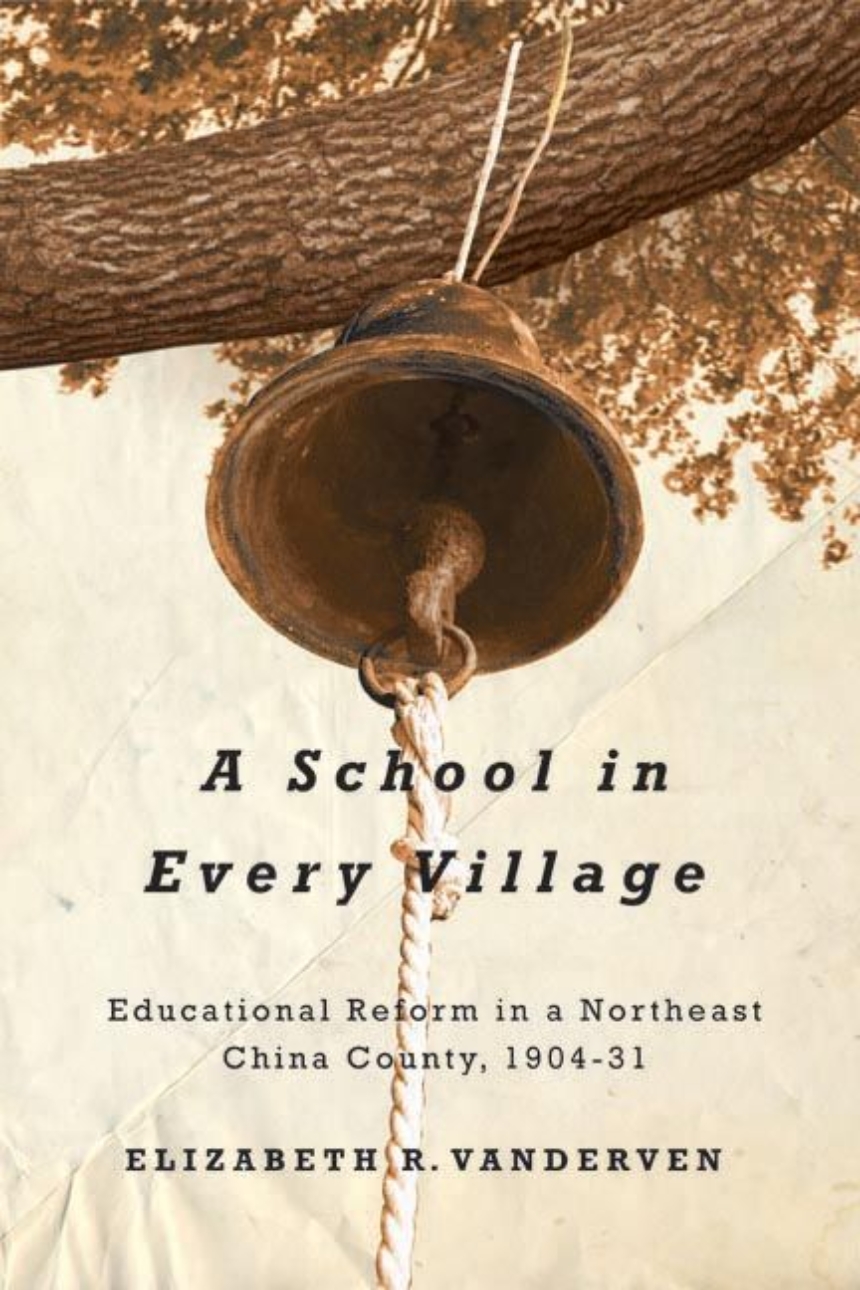University of British Columbia Press
A School in Every Village
Educational Reform in a Northeast China County, 1904-31
Distributed for University of British Columbia Press
A School in Every Village
Educational Reform in a Northeast China County, 1904-31
In the early 1900s, the Qing dynasty implemented a nationwide school system to buttress its power. Although the Communists, contemporary observers, and more recent scholarship have all depicted rural society as feudal and these educational reforms a failure, Elizabeth VanderVen draws on untapped archival materials to show that villagers and local officials capably integrated foreign ideas and models into a system that was at once traditional and modern, Chinese and Western. Her portrait of education reform both challenges received notions about the modernity-tradition binary in Chinese history, and addresses topics central to debates on modern China, including state making and the impact of global ideas on local society.
Table of Contents
Introduction
1 The Setting: Northeast China, Fengtian Province, and Haicheng County
2 Educational Transformation: Abolishing and Reforming the Sishu
3 Administering the New Educational System: Educational Promotion Bureaus
4 Funding the New Community Schools
5 Establishing Girls’ Schools in Haicheng County
6 Old and New in the Village Community Schools
Conclusion
Notes
Glossary of Chinese Terms and Place Names
Bibliography
Index

